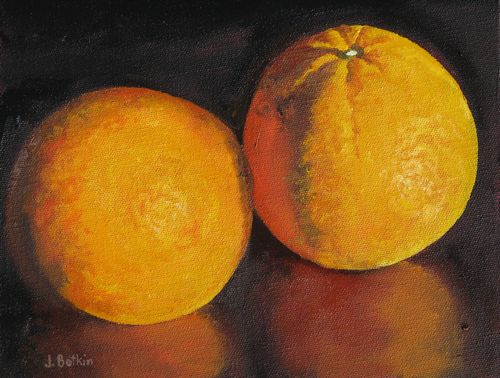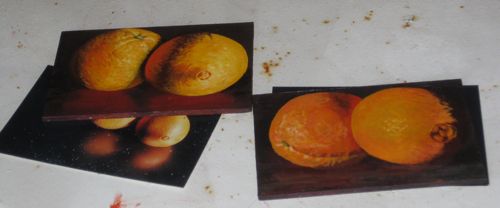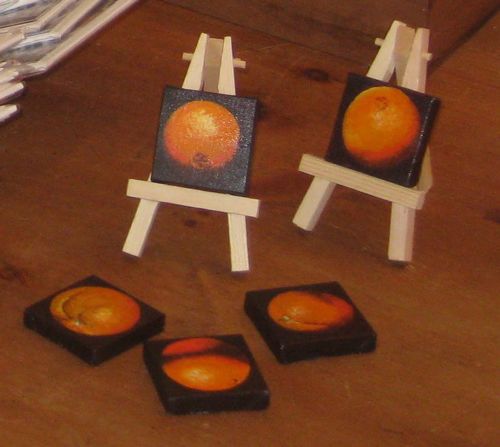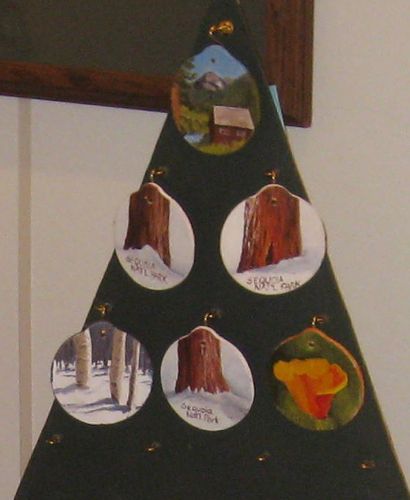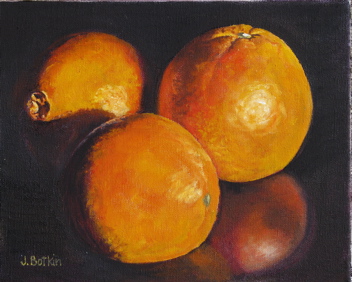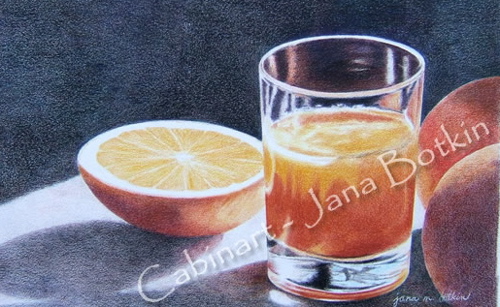#11 in the series “Thoughtful Thursdays”
Several months ago, I showed a few of my paintings to a gallery owner. For the first time in my five year and three weeks painting career, I was told that my paintings don’t have enough detail, that they look as if done plein air. That is French for “on site”, which also translates into “I’m painting as fast as possible because the light won’t hold still and I can’t possibly be careful at this crazy pace”.
This description shocked me, because I love detail! Pencil and the detail possible with that humble instrument have held my attention since 6th grade. I’ve even been accused of “drawing” with a paintbrush. How could someone possibly think my paintings are lacking in detail?
I strive for accuracy in my paintings. My favorite way to paint is to add layer after layer until every last blade of grass is visible. This degree of thoroughness is virtually impossible to attain, both with my emerging (a polite way of saying novice) skills and the need to finish a painting in a timely manner.
The most commonly known and identifiable styles of art are abstract, realism, surrealism, impressionism, primitive. Abstract does not show recognizable objects and is also called “non-objective” art. (Thank you, Captain Obvious!) On the opposite end is realism, which shows things as they appear in real life. Surrealism presents strange subjects as if they were real. Impressionism is lacking in detail because it is all about color and light: I remember how to identify this style because it looks as if the painter didn’t have time to truly study his subject but needed to leave the right impression. Primitive art is childlike with no visible understanding of perspective or proportion.
In addition to level of detail and texture of paint, style is also defined by subject matter and the use of light and color. A Vermeer is recognizable by the subject of a woman at a task near a window using primary colors and a certain quality of light. Monet was known for his water lilies, Van Gogh was known for his irises and sunflowers, and Botkin is known for her oranges!
One of the reasons it is important to establish a style is to receive commissions. This happens when one’s style is recognizable and consistent. If an artist is tinkering with many styles, a potential customer won’t know if a technique can be duplicated or if it was a fluke.
As I achieve greater proficiency with paint, brushes, and canvas, I’m hoping that my true style emerges. I’m hoping for the detail of Rockwell with the light of Vermeer and the brilliance of Bierstadt! When my paintings are as consistently recognizable as my pencil drawings, I will know that my style has been established.
